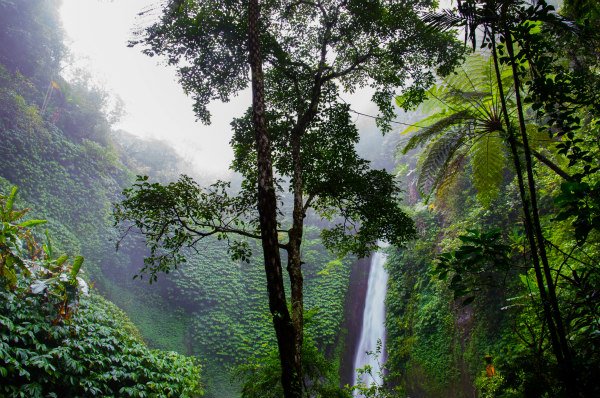When I came to Blue Osa for my three-week volunteer stint, I had no idea what to expect. My only plan was to escape the bitter cold of New York City in February and Costa Rica was a place on my list of locations to see soon. In early Fall of 2015, I ran across the Blue Osa website and their posting for volunteer writers. As a freelance writer who needed a break from the city, I emailed almost immediately, curious about the opportunity and how I could fit it into my incredibly busy life, which I had every intention of slowing down. I had my city-slicker delusions of what this place could be, but the truth, I came to find out, was much grander. I discovered an exoticism beyond compare. A wilderness of plants, animals, insects, and unpredictable nature that casts a pallor on any natural habitat I’ve ever read about or imagined with my limited knowledge on the reaches of biodiversity. It was a true wonderland.
A Day in the Life of a Blue Osa Volunteer In Costa Rica
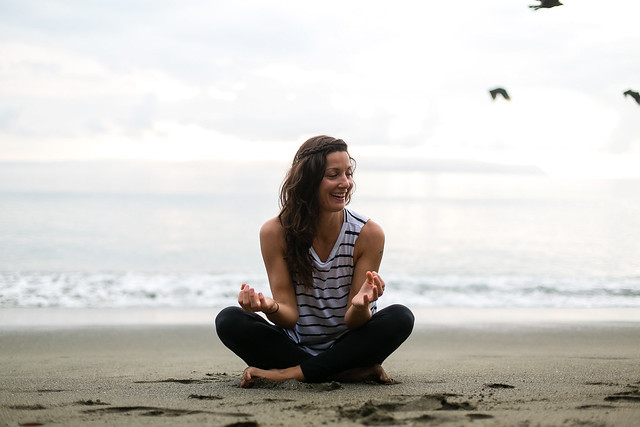
Life In The Jungle, Where Wildlife Abound
The Osa Peninsula makes up 2.5% of the world’s biodiversity. That is an incredible statistic, but it rests with the other intangibles of my mind, such as quadrillions, dark matter, and the equation behind the speed of light. I respected the Osa, because I was surrounded by myriad kinds of life other than my own. Life that has existed without my knowledge or assistance for hundreds of thousands of years.
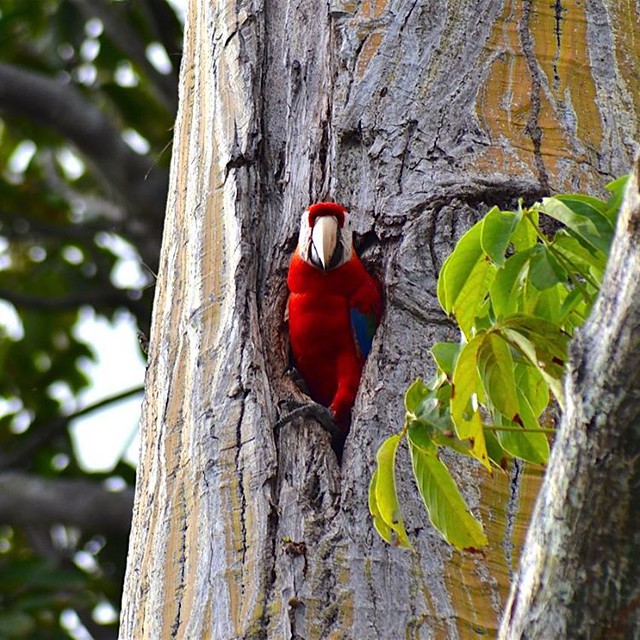
My accommodations at Blue Osa were a dream. A cozy apartment next to the pool, it had an entire wall that was taken up by a set of wooden doors, which opened to the garden. I kept them parted at night and woke up to soft morning light filtering through them every morning. One morning I awoke to a furious noise. The open doors let in an animal roar from the trees beyond and above me. I rose and wandered over to the kitchen and dining area for a cup of coffee. The day, yet to be lit by golden sun, was cool in the purple dawn. The sound came louder and closer and I crossed the grounds moving toward it. As I approached the tree line, I noticed the branches swaying and the leaves dancing. The howling was ferocious now. I’d found its source. As I watched the trees, my eyes adjusted to their camouflage and from their depths came a tribe of monkeys, swinging by their tails and arms from tree to tree, lighting on one branch, then another. They stopped to examine me. I had yet to take my guided tour of the rainforest where I learned the proper way of encountering monkeys—to scratch your body, never make prolonged eye contact, and keep your teeth hidden—so we examined each other, thoughtfully and with a mutual curiosity.
On the Osa Peninsula, where macaws and green parrots fly freely overhead and pumas are an animal not a shoe, you can’t help but feel as if these species are allowing you to visit their world, if only for a few weeks or months. You come and go, but they continue on. You are merely human, but they are the livers of this land.
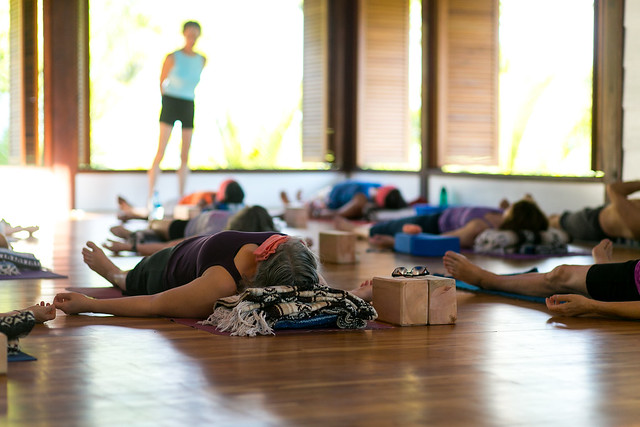
Typical Days At Blue Osa
In the early mornings at Blue Osa, there is quiet time until 7:00am. As a volunteer you are free in the mornings. I was usually up by 5:30am or 6:00am, drinking coffee and watching the tide, then filling up on homemade yogurt and granola with freshly cut fruit: papaya, pineapple, mango, and more. I read my mornings away. From Steinbeck to Hemingway I feasted on literature and then at 8:00am, sat down to write. I wrote three articles per week for Blue Osa. My weekdays were spent in the “office” from 8am – 5:00pm, but every day was broken up by swimming, reading, and snacks. Blue Osa is incredibly generous and flexible when it comes to its volunteers, and you have the time for personal work as well, provided you finish the agreed upon work for them first.
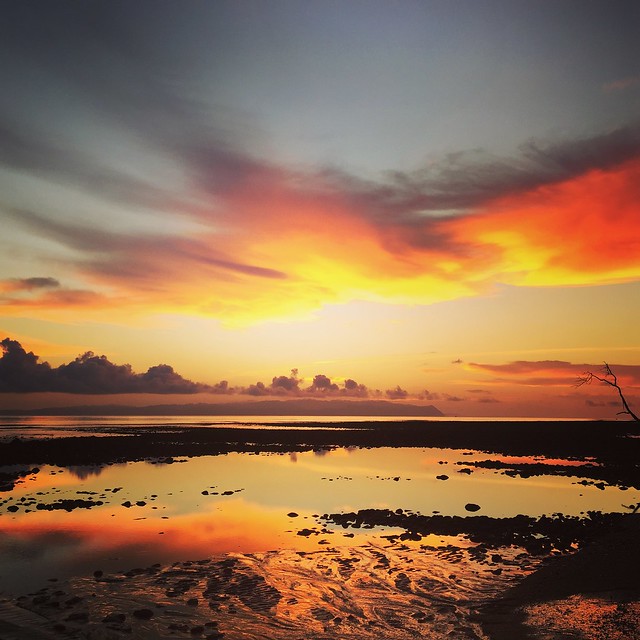
On my weekends I traveled around as best I could. Hitchhiking is common and very safe here, so that was my main mode of transportation. I spent one weekend in Puerto Jiménez and went kayaking through a mangrove, biking through the town and countryside, and hiking in the rainforest. The next weekend was dedicated to learning to surf. Blue Osa is a ten-minute car ride from three beaches famous for their breaks. Though the Osa Peninsula is still very much of a frontierland, undeveloped and with few towns or people, there is an abundance of outdoor activities offered that take advantage of the wilderness in every way possible. The one thing that I noticed after a few weeks of my stay was how much of a home Blue Osa became for me after returning from outside its walls having traversed unknown lands and encountered a foreign people and language. It truly is the best of both worlds in that Blue Osa offers a haven, with comfortable lodging, delicious food, and familiar faces while the world around it is filled with abounding culture and beauty.
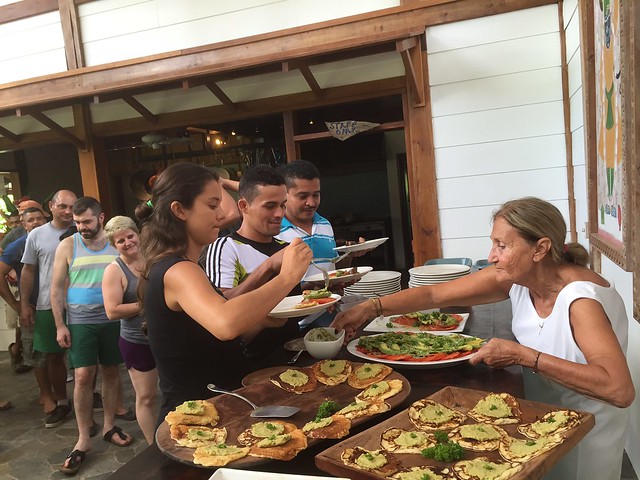
The food at Blue Osa is a bonding experience. Not only is each dish unique and incredibly well crafted, but the flavors and richness are never exhausted. The kitchen staff was incredible, both in their creative products and in their personalities. I felt so grateful every day and night to sit down for lunch and dinner with other volunteers and guests of the resort that I befriended along the way. Each night was a family-style meal and we ate and talked and grew close to one another. That is really what the Blue Osa volunteer experience offers: fellowship and a home. A home in the middle of a wild and spectacular jungle.
About The Author
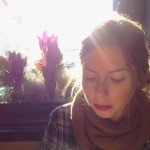
ABBY RONNER is a photographer and writer living in Brooklyn. She is a contributing writer for Narratively and VICE’s The Creators Project and her photography has been exhibited in group shows and juried exhibitions in NYC and DC. She has a hound dog named Daisy and spends her days knee-deep in folklore as a Gallery Director at City Lore in NYC. You can see more of her work on her website at abbyronner.com.
Photo via Christopher Haag


